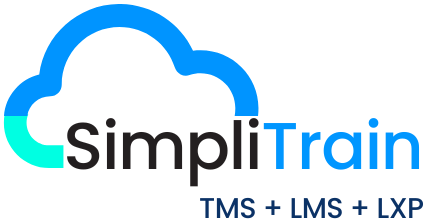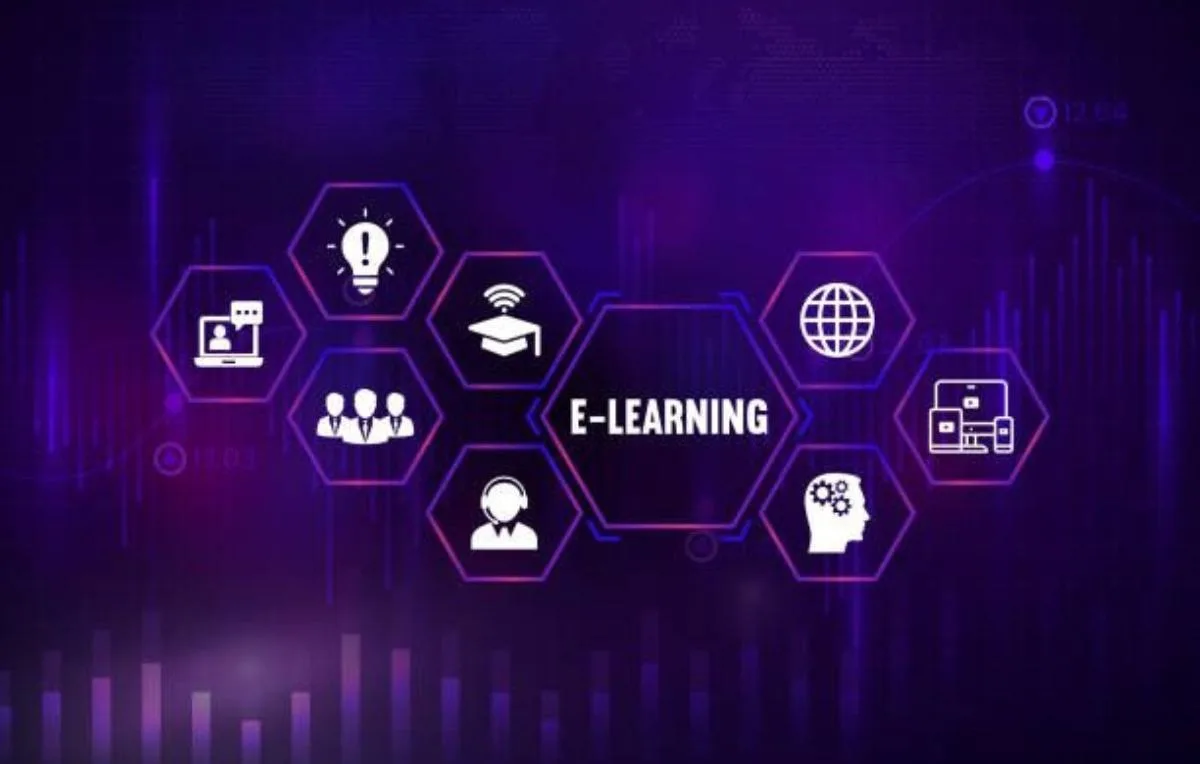In an increasingly connected and digitized world, the traditional office environment is rapidly transforming. Remote work has become not only feasible but also a preferred mode of operation for many organizations. This shift necessitates a paradigm change in how Learning and Development (L&D) is conducted to ensure consistent and effective training across diverse locations. A unified learning ecosystem stands at the forefront of this evolution, providing a comprehensive solution to the challenges of remote work. Let’s explore how such an ecosystem can empower remote workers and enhance organizational efficiency.
The Rise of Remote Work
Remote work presents a multitude of advantages, such as enhanced flexibility, access to a wider talent pool, and significant cost savings. However, it also presents unique challenges, particularly in maintaining a cohesive training program. Without the physical proximity of traditional offices, ensuring that all employees receive consistent, high-quality training can be daunting. This is where a unified learning ecosystem becomes indispensable.
What is a Unified Learning Ecosystem?
A unified learning ecosystem integrates various learning tools, resources, and technologies into a cohesive platform. This approach facilitates seamless access to training materials, collaboration among employees, and the ability to track and measure learning outcomes effectively. Key components of a unified learning ecosystem include:
Key Components of a Unified Learning Ecosystem
To effectively support remote teams, a unified learning ecosystem should encompass several key components:
- Centralized Content Management
Centralized content management ensures that all training materials are stored in one location, making it easy for employees to find and access the resources they need. This centralization also simplifies the process of updating and distributing new content, ensuring that all employees have the most current information. - Integrated Learning Tools
An effective ecosystem integrates various learning tools, such as Learning Management Systems (LMS), video conferencing platforms, and interactive modules. These tools work together to provide a seamless learning experience, leveraging the strengths of each to create a comprehensive training program. - Personalized Learning Paths
Recognizing that every employee has unique learning needs and goals, a unified learning ecosystem should offer personalized learning paths. These paths allow employees to focus on the areas most relevant to their roles and career aspirations, enhancing engagement and effectiveness. - Analytics and Reporting
Robust analytics and reporting features enable organizations to track the progress and performance of their training programs. By analyzing this data, organizations can identify areas for improvement, measure the impact of their training efforts, and ensure that they are meeting their learning and development goals.
The Importance of a Unified Learning Ecosystem
A unified learning ecosystem is a comprehensive platform that integrates various training tools, resources, and methodologies into a single, cohesive system. This integration is vital for several reasons:
- Consistency in Training
Ensuring that all team members receive consistent training is critical for maintaining quality and performance standards. A unified ecosystem allows organizations to standardize their training programs, ensuring that every employee, from the newest hire to the most seasoned veteran, receives the same information and training. - Scalability
As organizations grow, especially those with multiple remote teams, scaling training programs can become complex. A unified learning ecosystem provides the scalability needed to train large numbers of employees efficiently, adapting to the growing needs of the organization without sacrificing quality. - Flexibility and Accessibility
Remote work inherently requires flexibility. A unified learning ecosystem supports various learning styles and schedules, allowing employees to access training materials at their convenience. This accessibility ensures that learning is continuous and not hindered by time zones or geographical barriers. - Enhanced Collaboration and Communication
A comprehensive learning platform fosters better collaboration and communication among team members. Features such as forums, chat functions, and collaborative projects within the ecosystem enable employees to learn from one another, share insights, and work together on training modules, creating a more cohesive and engaged team. - Continuous Learning and Development
The pace of change in today’s business world requires continuous learning. A unified learning ecosystem supports ongoing development by regularly updating training materials and offering new courses. This ensures that remote workers are always equipped with the latest skills and knowledge, keeping the organization competitive and agile.
Introducing SimpliTrain: Centralizing Your Training Needs
Introducing SimpliTrain, a comprehensive Training Management System (TMS) designed to empower remote teams through a unified learning ecosystem.
SimpliTrain centralizes your training management, offering a suite of features tailored to meet the diverse needs of modern organizations. It provides a comprehensive solution for managing training across multiple locations.
Key Features of SimpliTrain
- Multi-Location Learning Center Management: SimpliTrain allows organizations to manage training centers across various locations seamlessly. This feature ensures that remote workers receive consistent training, regardless of where they are based.
- Location Management: With SimpliTrain, you can easily organize and manage training sessions specific to different locations. This helps in addressing the unique needs of employees in various regions, ensuring that the training is relevant and effective.
- Multi-Language Support: In a globalized workforce, language diversity is a common challenge. SimpliTrain offers multi-language support, enabling employees to access training materials in their preferred language, thus enhancing comprehension and engagement.
- Department or Location-Specific Portals: SimpliTrain provides customized portals for different departments or locations, offering tailored training programs that align with specific functional needs. This ensures that each segment of the workforce receives relevant and impactful training.
Conclusion
In an era where remote work is becoming the norm, investing in a unified learning ecosystem is essential for ensuring the consistent and effective training of your teams. SimpliTrain offers a powerful solution, centralizing your training efforts and providing the tools needed to support remote teams effectively. By embracing a unified learning ecosystem, organizations can foster a culture of continuous learning and development, driving success and growth in today’s dynamic business environment.











